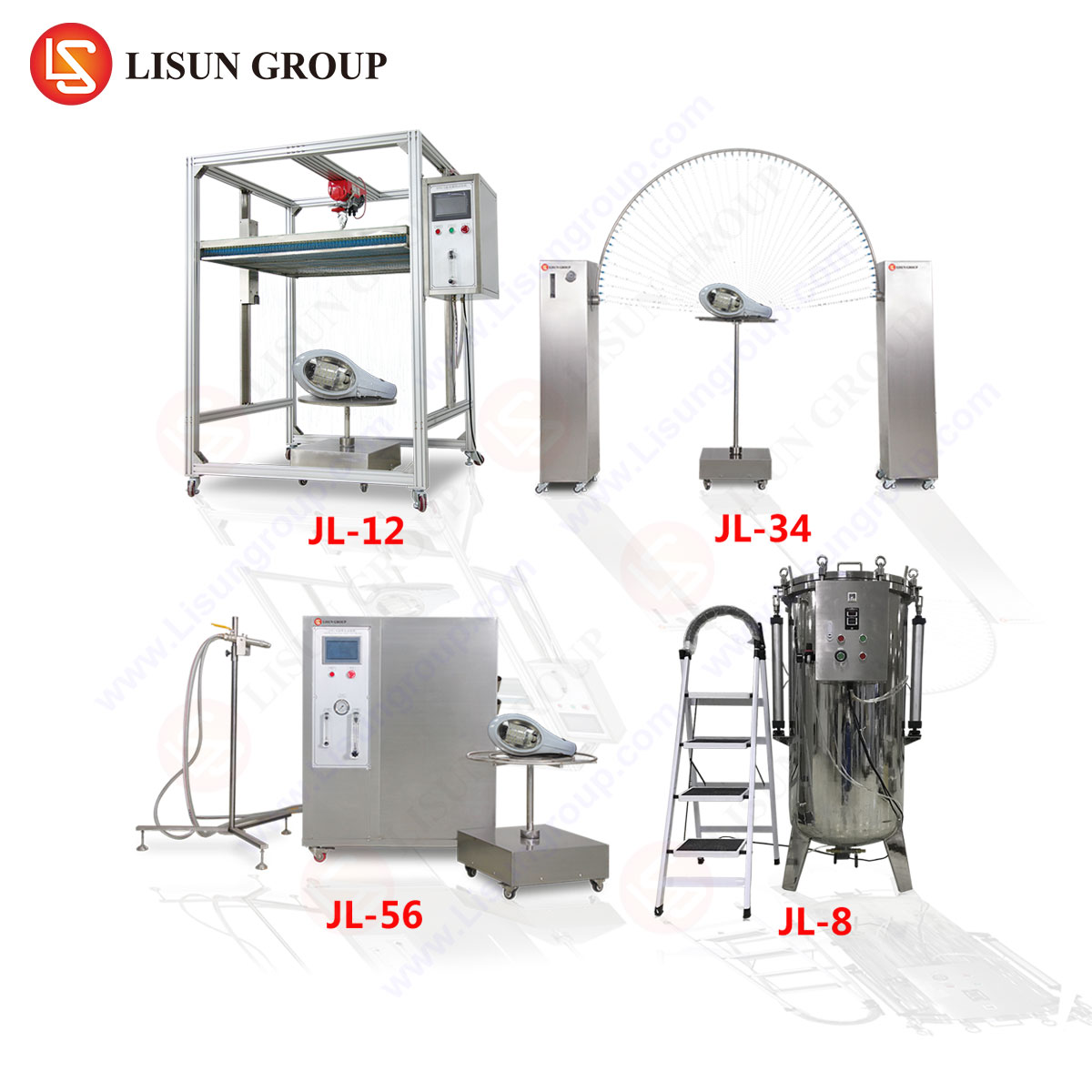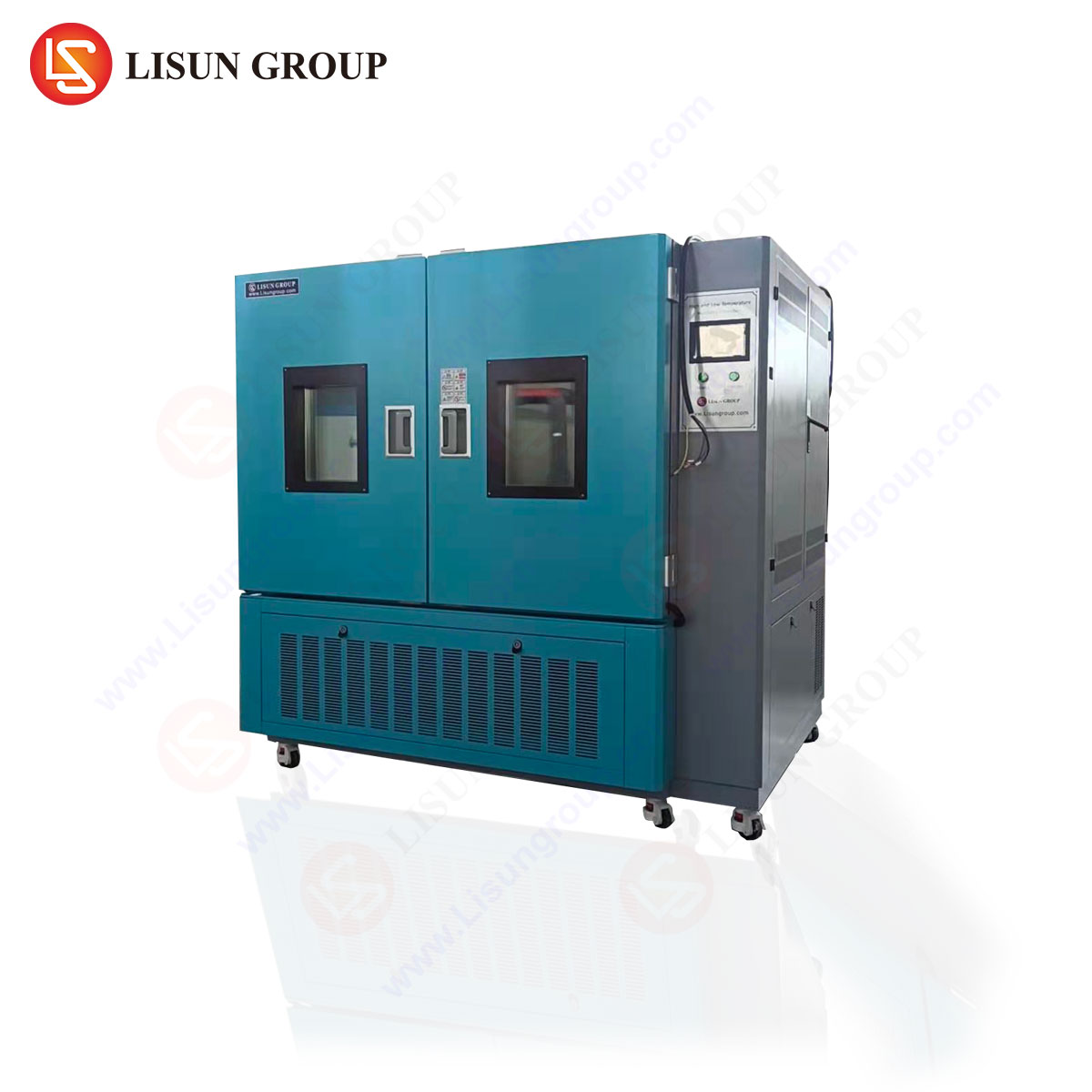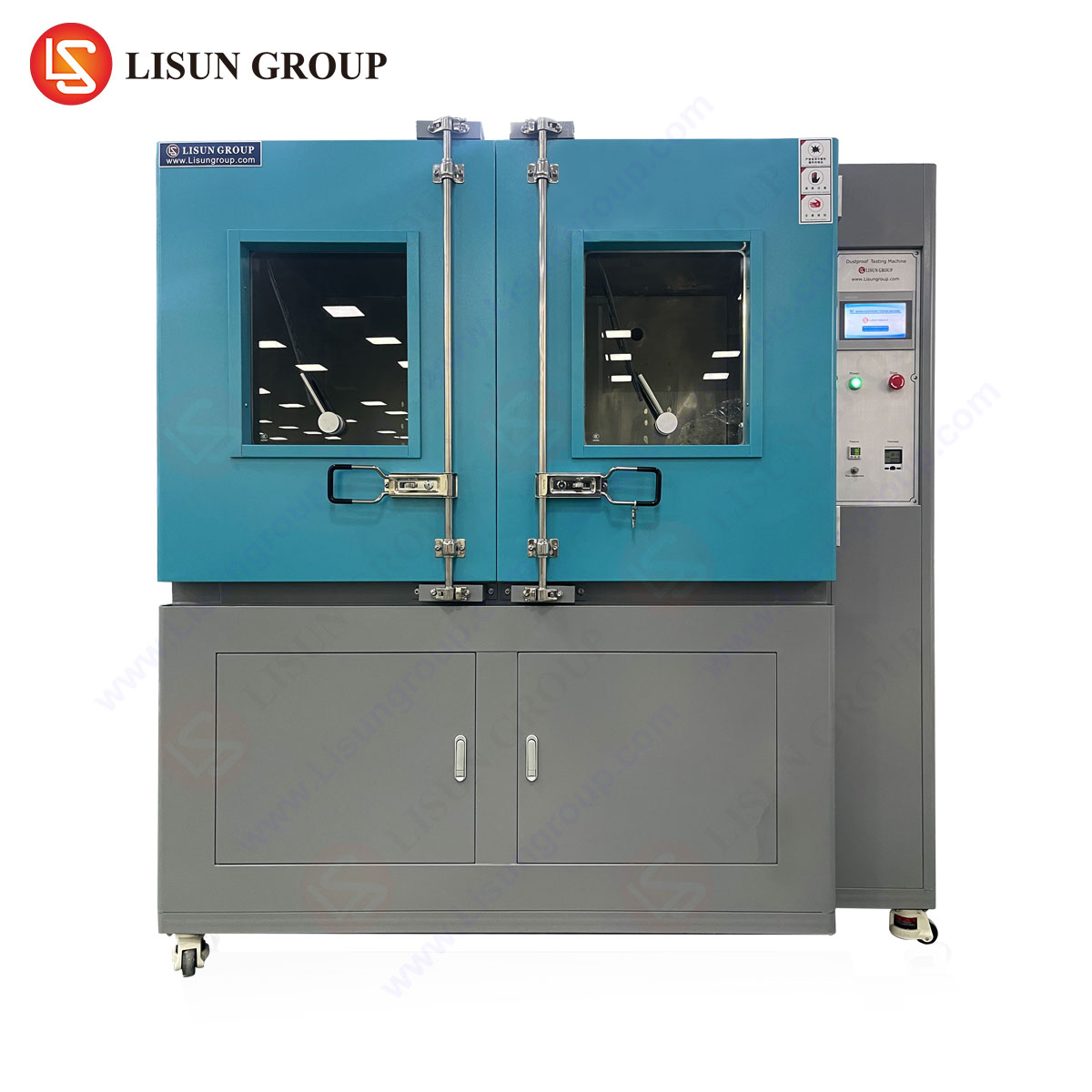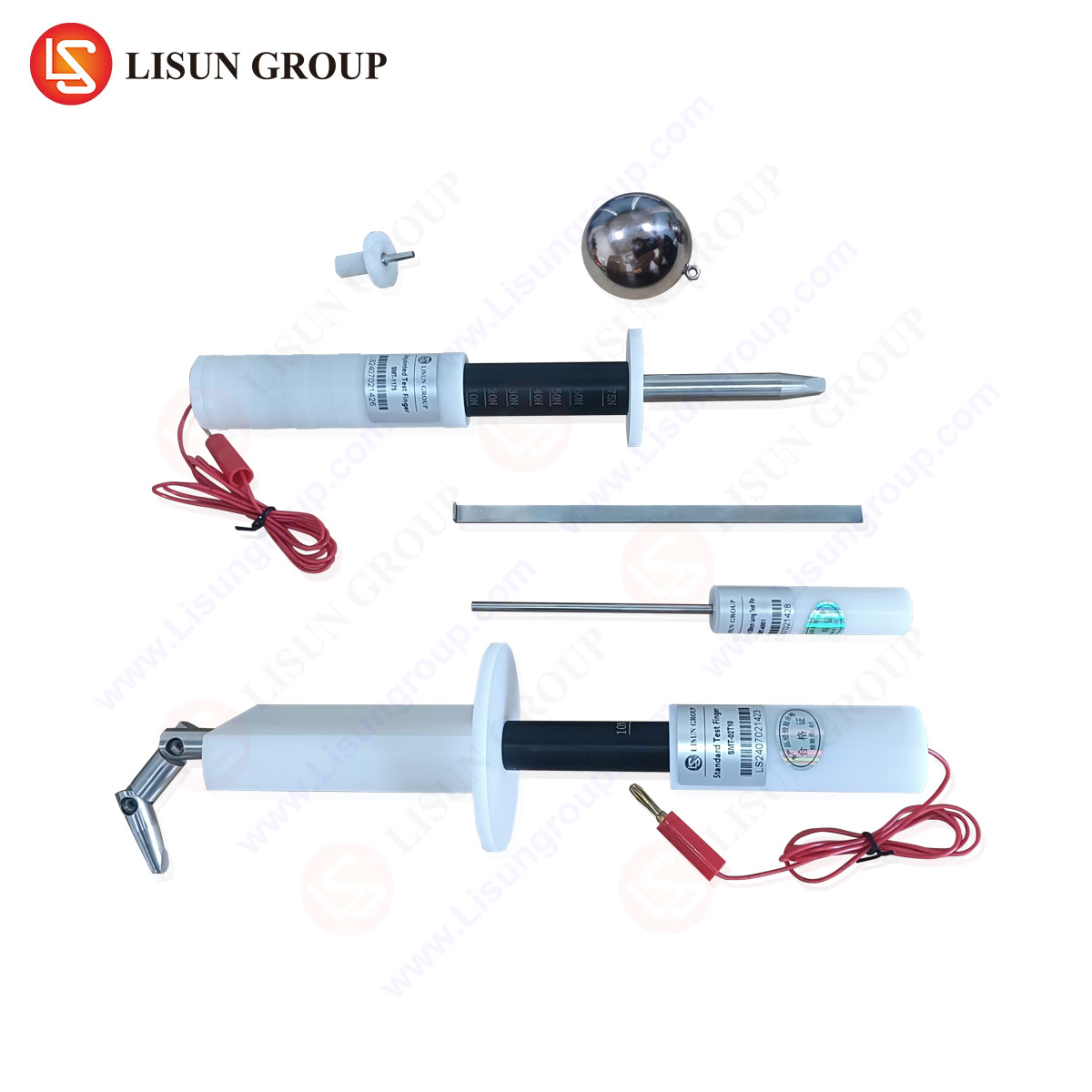Introduction to Contact Pressure Measurement in Electrical Socket-Outlets
The reliability and safety of electrical socket-outlets depend significantly on the mechanical integrity of contact interfaces. Poor contact pressure between plug pins and socket contacts can lead to increased electrical resistance, localized heating, and eventual failure. For CEE7 C23 10/16A 250V two-pole socket-outlets with side earthing-contacts, ensuring optimal contact pressure is critical for compliance with IEC 60884-1 and related standards.
A specialized measurement device, such as the LISUN Gauges for Plugs and Sockets, provides an accurate, repeatable method for quantifying contact pressure. This article examines the design principles, testing methodology, and industry applications of such devices, emphasizing their role in quality assurance and regulatory compliance.
Technical Requirements for Contact Pressure Measurement in CEE7 C23 Sockets
The CEE7 C23 standard defines the mechanical and electrical parameters for two-pole socket-outlets rated at 10/16A and 250V. Key requirements include:
- Contact Force: Minimum 1.5 N per contact (as per IEC 60884-1).
- Insertion/Withdrawal Force: Compliance with specified limits to prevent mechanical wear.
- Durability: Sustained performance over 10,000 insertion cycles.
A contact pressure measurement device must simulate real-world plug insertion while recording force distribution across live, neutral, and earthing contacts. The LISUN Gauges employ precision load cells and displacement sensors to capture these metrics with ±0.1 N resolution.
Design and Operation of the LISUN Contact Pressure Gauge
The LISUN Gauges for Plugs and Sockets integrate the following components:
- Load Cell Array: Measures axial and lateral forces exerted by socket contacts.
- Adjustable Test Fixture: Accommodates CEE7 C23 socket dimensions (pin spacing: 19 mm ± 0.5 mm).
- Data Acquisition System: Logs force vs. displacement curves at 100 Hz sampling rate.
- Calibration Mechanism: Ensures traceability to NIST or equivalent standards.
The device operates by inserting a standardized test probe into the socket, simulating plug engagement. Force distribution is analyzed in real time, identifying asymmetrical loading or insufficient spring tension.
Testing Methodology and Compliance Verification
To validate socket-outlet performance, the following test sequence is applied:
- Initial Force Measurement: Records baseline contact pressure before cycling.
- Mechanical Endurance Testing: Subjects the socket to 10,000 insertion/withdrawal cycles.
- Post-Cycling Evaluation: Reassesses contact force to detect degradation.
Results must confirm that:
- Contact pressure remains ≥1.5 N after endurance testing.
- No visible deformation or loss of spring elasticity occurs.
The LISUN Gauges automate this process, generating reports aligned with IEC 60669-1 and EN 50075.
Industry Applications and Competitive Advantages
Manufacturing Quality Control
Socket manufacturers use LISUN Gauges for in-line testing, ensuring batch consistency. Deviations in contact pressure can indicate tooling wear or material defects.
Certification and Compliance Testing
Third-party laboratories rely on these devices to verify compliance with CEE7, IEC 60884, and national standards.
Competitive Differentiation
Compared to manual force gauges, LISUN Gauges offer:
- Higher repeatability (CV < 2%).
- Integrated data logging for audit trails.
- Multi-standard compatibility (supports Schuko, French, and hybrid sockets).
Case Study: Detecting Contact Fatigue in Aged Socket-Outlets
A 2023 study by the European Electrical Testing Consortium evaluated 500 CEE7 C23 sockets after 15 years of service. Using LISUN Gauges, researchers found:
- 12% of sockets exhibited contact pressure below 1.0 N.
- Correlation with overheating incidents was statistically significant (p < 0.01).
This underscores the importance of periodic testing in high-use environments.
FAQ Section
Q1: What is the measurement range of the LISUN Gauges for CEE7 C23 sockets?
A1: The standard range is 0–20 N, with optional configurations for higher-force applications.
Q2: How does the device account for socket tolerances?
A2: Adjustable fixtures and compliant probe tips accommodate ±0.5 mm pin spacing variations.
Q3: Can the gauge test sockets with shutters?
A3: Yes, the probe design bypasses shutters without interfering with measurements.
Q4: What calibration standards apply?
A4: Calibration follows ISO/IEC 17025, with NIST-traceable references.
Q5: Is the device compatible with automated production lines?
A5: Yes, it supports PLC integration for high-throughput testing.







